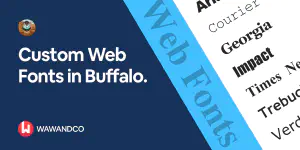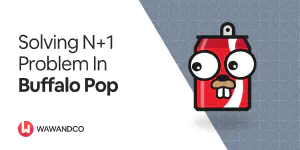In certain situations the site or app you’re building uses fonts that are not hosted in a CDN. The font is not in Google fonts, and is not in Adobe Fonts or other provider.
You may be given at that point a set of OTF, TTF and WOFF files. But what do do then? How do you integrate those font files in your Buffalo app?. After all, you want your frontend to look as closer to what your designer has put together, And we all know that fonts matter.
What to do?
Assuming you are in your Buffalo app folder, take a look at the assets sub-folder.
- assets
> css
> images
> js






